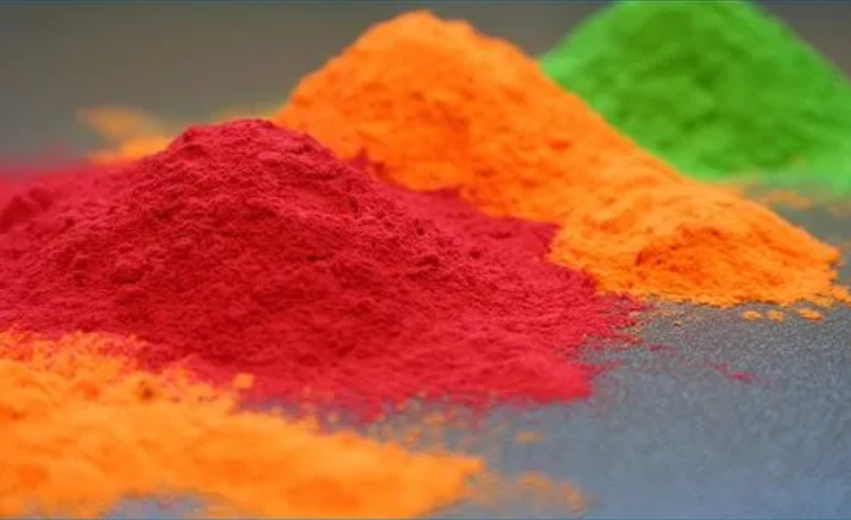What Are Some of the Limitations of Powder Coating?

Powder coating, while boasting numerous advantages, does come with some limitations to consider when choosing a finishing technique. Here's a breakdown of some key drawbacks:
l Size Constraints: Due to the reliance on oven curing, powder coating may not be suitable for very large objects. Large industrial equipment or expansive structures might pose challenges in terms of fitting within the confines of a standard curing oven. In such cases, alternative coating methods like liquid paint might be more feasible.
l Heat Sensitivity: The high temperatures (typically between 350°F and 400°F) required for curing can be a limiting factor for certain materials. Objects made from heat-sensitive plastics, wood, or some types of composite materials might warp or melt under such heat exposure. Therefore, powder coating is best suited for objects that can withstand these curing temperatures.
l Limited Color Matching: While powder coating offers a vast array of colors, it might not always achieve the exact color match required for specific applications. Unlike paint, which can be mixed and custom-blended to achieve precise color tones, powder coating colors are generally pre-determined. This can be a drawback for situations where a perfect color match is crucial.
l Initial Setup Costs: Implementing a powder coating system requires an initial investment in equipment like spray booths, curing ovens, and powder handling systems. This upfront cost can be a hurdle, particularly for smaller businesses or those with low-volume coating needs.
l Rework Challenges: Unlike paint, which can be easily touched up or repainted if imperfections arise, reworking a powder-coated finish can be more challenging. If errors occur during the application process, the entire coating might need to be stripped and reapplied, potentially leading to delays and additional costs.
l Ventilation Requirements: The powder coating process can generate dust during the application stage. Therefore, proper ventilation systems are essential to capture airborne particles and ensure a safe working environment. This can add to the overall setup costs and complexity of the process.
In conclusion, while powder coating offers a multitude of benefits, it's important to be aware of its limitations. Considering the size of the object, heat tolerance of the material, desired color precision, and budget constraints will help determine if powder coating is the most suitable finishing technique for your specific needs. However, we have some measures to let it get good performance.
- Art
- Causes
- Crafts
- Dance
- Drinks
- Film
- Fitness
- Food
- الألعاب
- Gardening
- Health
- الرئيسية
- Literature
- Music
- Networking
- أخرى
- Party
- Religion
- Shopping
- Sports
- Theater
- Wellness


